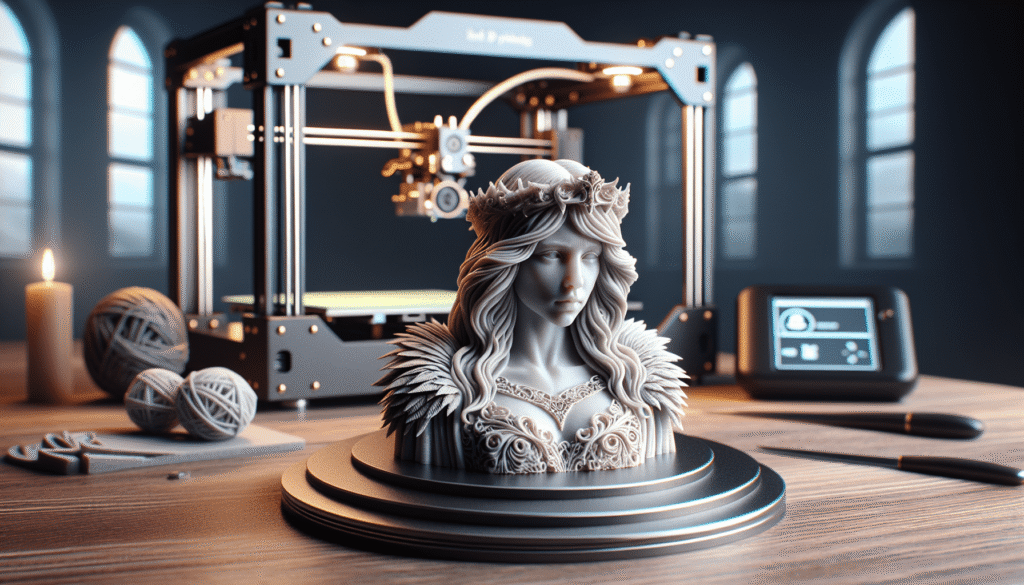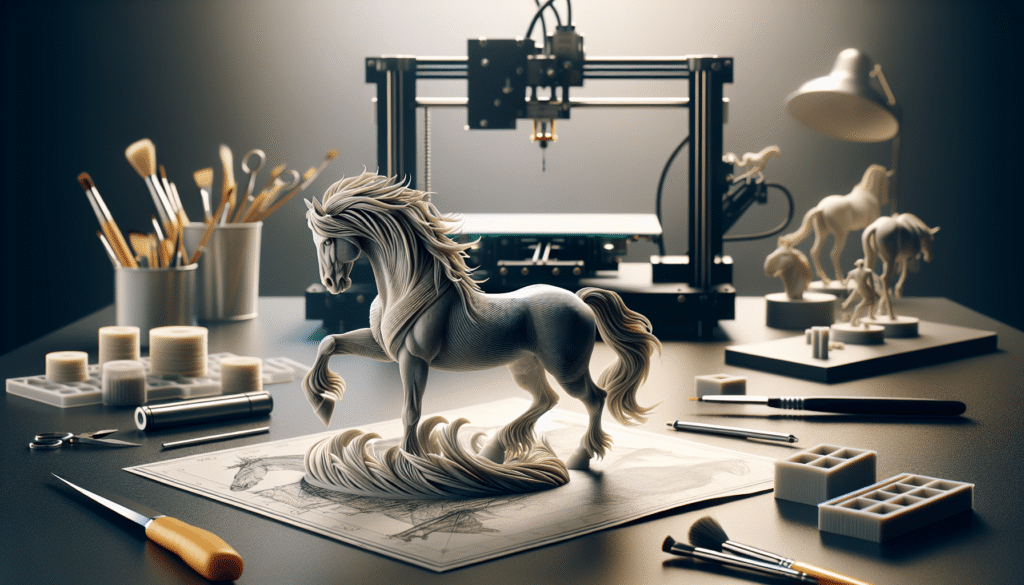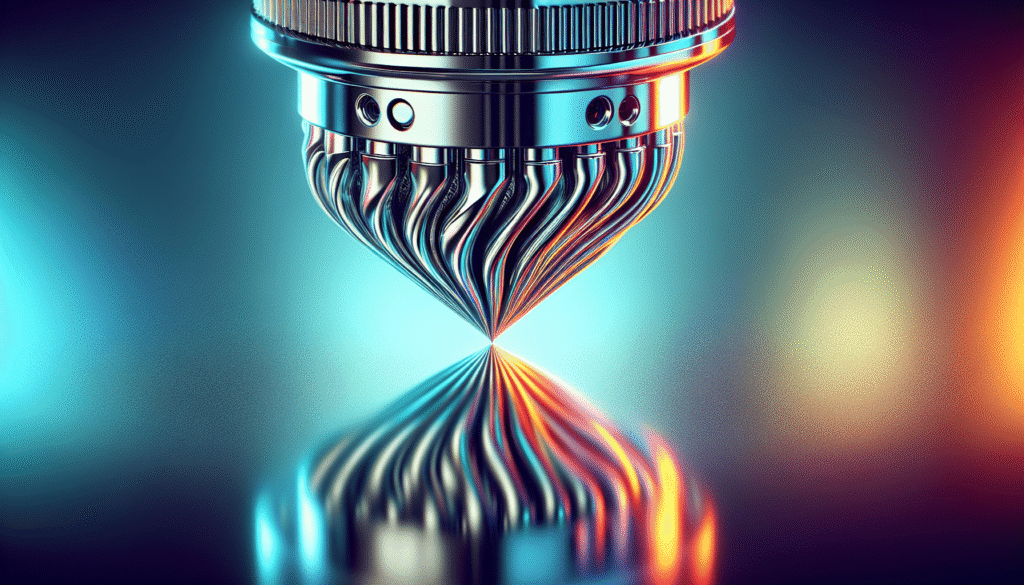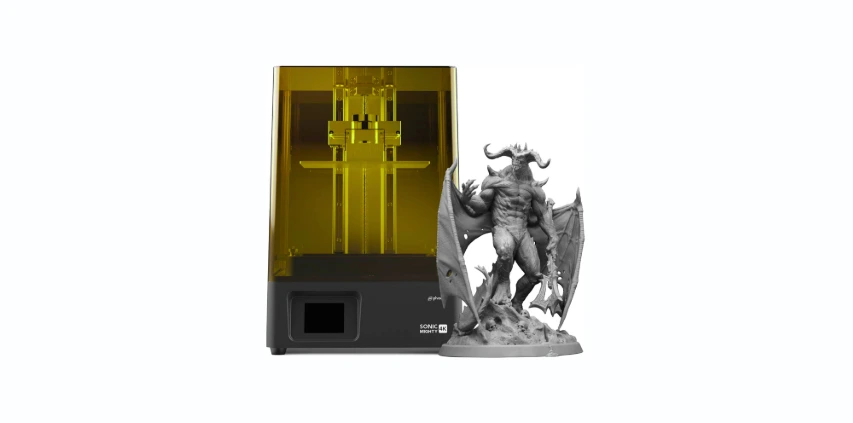Have you ever looked at a detailed miniature and thought about the wizardry involved in crafting such intricate designs? I often find myself drawn to these small yet captivating works of art, wondering how tiny details are brought to life with such precision. If you’re like me, intrigued by the craftsmanship behind miniatures and figurines, you might be considering how to create your own at home. Enter the world of 3D printing, a realm where technology meets creativity, enabling enthusiasts to sculpt small-scale marvels with remarkable detail and accuracy.
Now, let’s take a quirky yet informative journey through some of the best 3D printers for miniature and figurine printing that promise to breathe life into your miniatures, from knights in shining armor to whimsical creatures of your wildest imagination.
Understanding 3D Printing for Miniature and Figurine Crafting
Before we get into the nitty-gritty details, let’s talk about why 3D printing is so popular in the world of miniatures. When it comes to creating figurines, detail is king. The finer the print, the more lifelike and impressive the result. 3D printers, especially those designed for creating miniatures, have revolutionized the hobby by offering not only precision but also a variety of materials and scalable production.
Why Choose 3D Printing for Miniatures?
3D printing offers a degree of flexibility and customization that traditional miniature crafting just can’t match. Remember those childhood LEGO sets where you wished you could create that one missing piece? With the right 3D printer, that becomes possible for your miniatures. No longer are you constrained by what you find in stores; now you can design your own creations from scratch or modify existing digital files to suit your needs. Plus, you can reproduce designs with pinpoint accuracy, something that can make even the most exacting hobbyist smile with satisfaction.
Types of 3D Printers
For miniature printing, the two primary types of 3D printers you’ll encounter are FDM (Fused Deposition Modeling) and resin-based (SLA/DLP) printers. Understanding the nuances between these is crucial in selecting the perfect machine for your creative endeavors.
-
FDM Printers: These printers are like your reliable, salt-of-the-earth kind of friend. They’re generally more affordable and easier to use, but they can struggle with achieving the level of detail required for top-notch miniatures.
-
Resin Printers (SLA/DLP): These are the fastidious, detail-focused companions you want by your side for miniature creation. They offer high precision and can produce incredibly fine details that make your figurines pop. However, they require a bit more effort in terms of setup and maintenance.
Each type has its pros and cons, and your choice will depend on your specific needs, budget, and the kind of miniatures you envision yourself crafting.
Top 3D Printers for Miniature and Figurine Enthusiasts
Let’s explore some of the best 3D printers that have found favor among miniature enthusiasts. These machines are renowned for their ability to render fine details, capture intricate design elements, and bring figurines to life.
1. Anycubic Photon Mono
The Anycubic Photon Mono is a resin printer that has garnered a reputation for exceptional print quality. It uses monochrome LCD technology to improve both printing speed and accuracy, essential for miniature printing.
-
Pros:
- High precision and detail
- Faster print speeds compared to older resin printers
- Sturdy build quality
-
Cons:
- Requires post-processing due to resin use
- Smaller print volume than FDM printers
-
Ideal For: Hobbyists who prioritize detail and quality in their prints.
2. Elegoo Mars 2 Pro
Elegoo has made a name in the 3D printing community for producing reliable and high-quality printers at competitive prices. The Mars 2 Pro is particularly praised for its ease of use and consistency.
-
Pros:
- Excellent print quality for miniatures
- User-friendly interface
- Durable design with a build plate that ensures stability
-
Cons:
- Limited to smaller build volumes
- Requires regular calibration
-
Ideal For: Beginners who want to step into the world of resin printing without breaking the bank.
3. Prusa i3 MK3S+
This FDM printer is the darling of the DIY community, known for its versatility and reliability. While it may not match resin printers for fine detail, its customization options and ease of use make it a worthy consideration.
-
Pros:
- Open-source hardware that invites modifications
- Robust community support for upgrades and trouble-shooting
- Good print quality for larger figures
-
Cons:
- Less detail compared to resin printers
- Slightly higher price point
-
Ideal For: Users looking for versatility and customization options beyond just miniatures.
4. Phrozen Sonic Mini 4K
One of the highlights of the Phrozen Sonic Mini 4K is its 4K resolution, which translates to exceptional detail and crisp edges. This makes it a top contender for anyone dedicated to crafting highly sophisticated miniatures.
-
Pros:
- High-resolution prints that capture fine details
- Fast printing speeds
- Affordable for a 4K printer
-
Cons:
- Smaller build volume
- Post-processing can be labor-intensive
-
Ideal For: Detail-oriented creators who demand clarity and precision in their miniatures.

Features to Consider When Choosing a 3D Printer
Selecting the right 3D printer for miniatures isn’t just about picking the latest model. You want a printer that aligns with your skill level, project requirements, and workflow preferences. I sometimes feel choosing a printer is akin to picking a pet: every detail matters and the commitment is real!
Print Quality
Arguably the most important feature, it dictates how well your miniatures will look. Resin printers are generally superior in terms of detail, but some high-end FDM printers can push boundaries here too.
Build Volume
This refers to the maximum size of an object you can print. If your projects require larger designs, you’ll need a printer with a bigger build volume. However, for standard miniatures, a smaller build volume is often sufficient.
Speed
Patience might be a virtue, but let’s face it, waiting for your print to complete can test it significantly. Some printers offer faster speeds, yet it’s essential to remember that speed can occasionally compromise quality, especially for highly detailed pieces.
User-Friendliness
Especially for beginners, a printer that’s easy to set up and operate can make all the difference between joyful crafting and hair-pulling frustration. Printers with user-friendly interfaces, comprehensive manuals, and excellent customer support are highly recommended.
Post-Processing Requirements
Resin prints typically require washing and curing after printing, steps not necessary with FDM models. Some hobbyists enjoy this meticulous process, while others may find it cumbersome.
Budget
Ah, the unavoidable topic. While we all wish our budgets were as boundless as our imaginations, the reality is that cost is a significant deciding factor. Thankfully, there are excellent options across a range of price points.
Tips for Getting the Best Results with Your 3D Printer
Now that you’ve chosen your 3D printer, let’s chat about getting the best results possible from it. Just as chefs have their secrets, so too do 3D printing enthusiasts.
Master the Art of Slicing
The slicing process, where you prepare your 3D model for printing, is crucial for achieving the desired quality. Take your time to familiarize yourself with slicing software, as subtle tweaks can lead to big differences in the final print.
Experiment with Settings
Don’t be afraid to adjust settings like layer height and print speed. Getting a feel for how your printer, materials, and settings interact will empower you to produce better quality prints.
Clean Your Printer Regularly
Maintenance might not be the most glamorous part of 3D printing, but it’s vital. A clean printer is a happy printer, and regular tidying can prevent print failures and prolong the life of your machine.
Use Quality Materials
Invest in high-quality resins or filaments specifically designed for the types of miniatures you want to create. Poor materials can seriously undermine your efforts.
Be Patient and Persistent
The road to fantastic prints is often paved with failed attempts. Stick with it, learn from your mistakes, and rejoice when you finally hold that perfect miniature in your hands.

Closing Thoughts
Embarking on the journey of 3D printing miniatures can be a deeply rewarding hobby that marries technology with creativity. With the right printer, a dash of patience, and boundless imagination, you can create figures that fascinate and captivate. Whether you choose the precise detailing of a resin printer or the adaptable spirit of an FDM model, the world of miniatures is at your fingertips, waiting to be shaped and brought to life in glorious 3D splendor.


